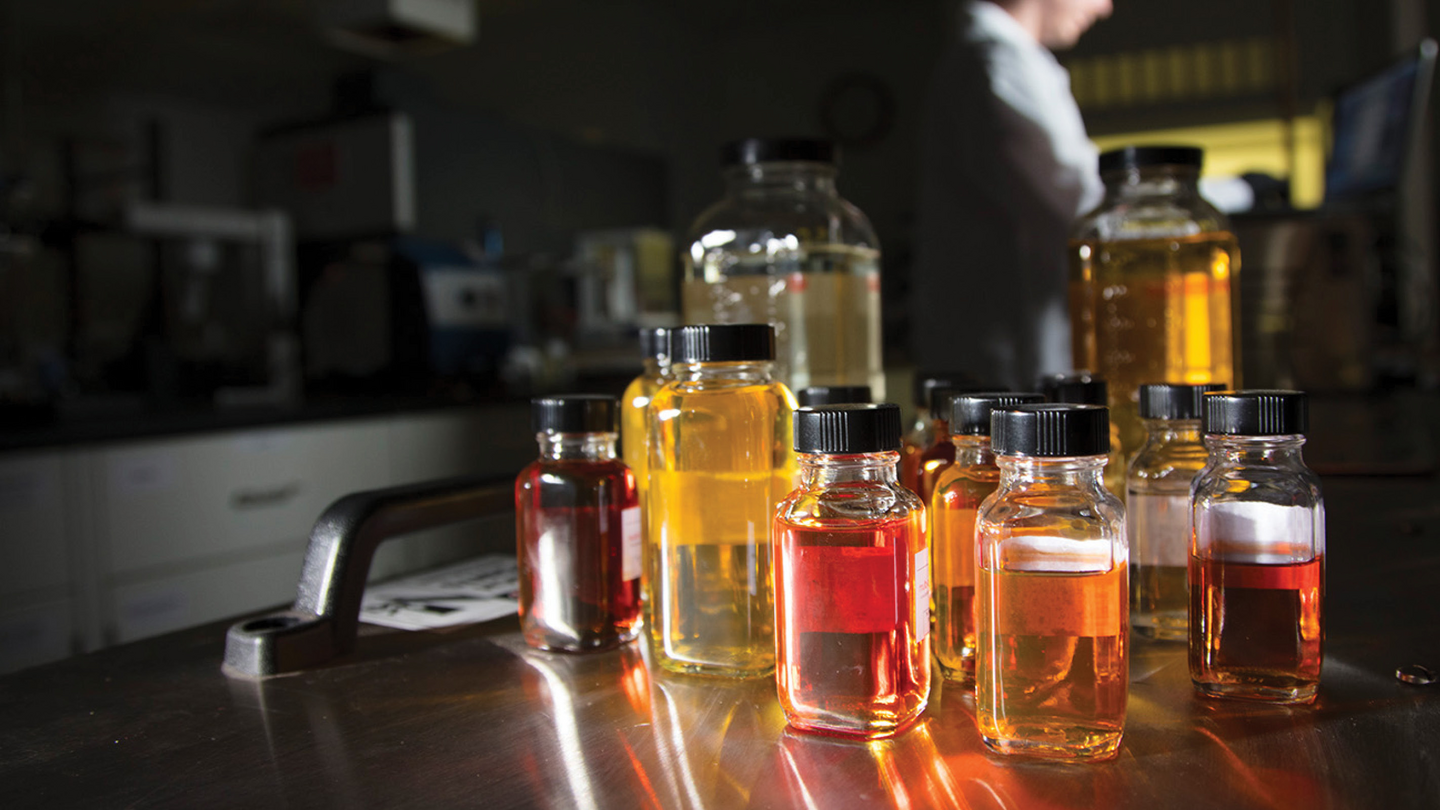 Search
Search
 Search
Search

Improve clay damage protection and enhance environmental performance
Talk to an expertClay swelling, dispersion, and migration due to water-sensitive clay minerals in the producing formation can substantially reduce the permeability of formation sands and proppant packs, resulting in greatly reduced well productivity.
To reduce the risk of formation damage, Cla-Web® stabilizing additives can be applied to hydraulic fracturing treatments, where they bind to the formation surface to prevent fine migration and clay swelling.
Cla-Web Clay Control
The risk of formation damage with stabilizing additives
Quick, inexpensive methods to help optimize treatment
Testing is an additional service to provide real data
Recommendations for optimal Cla-Web additive design
In addition to temporary clay stabilization during the treatment, the Cla-Web additive provides long-lasting clay stabilization in low-permeability formations. The Cla-Web agent molecule is very small and can enter the matrix of low-permeability formations like tight sand and shale. The molecule is ion-exchange resistant, rendering treated clay minerals insensitive to water, further preventing clay swelling and dispersion.
Like the proven performance of our Cla-Sta family of compound additives, which are optimized for moderate-to-high permeability formations, Cla-Web additives work by adsorbing onto formation surfaces, altering clay particles to reduce their interaction with flowing fluids, even at high flow rates.
Using Halliburton’s proprietary RockPerm® clay control service, we can customize the design of your Cla-Web treatment to your reservoir. This process involves identifying the types of clay minerals and their relative concentrations in the formation.
In low permeability formations, Cla-Web additives provide several performance improvements compared to current, widely used potassium chloride (KCl) substitutes:
The performance of the Cla-Web additive is demonstrated using capillary suction time (CST) testing, commonly used to compare KCl substitutes used for temporary clay control. This test provides insight into relative performance among additives and can be used to help optimize treatment concentrations. Core and sand pack testing demonstrate that the Cla-Web agent is an effective clay stabilizer through its ability to render water-sensitive clay insensitive.
This means that variation in the ionic content of water will not cause clay swelling or dispersion. This reduces concern over matching fracturing treatment water to formation water and concerns around mixing different waters produced from various parts of the formation.
Capillary suction time (CST) and mechanical stability tests (MST) are also part of the RockPerm® clay control service. Both provide rapid and inexpensive methods to help optimize a treatment for low to moderate water sensitivity. They require a small amount of formation material, such as drill cuttings or core sample fragments. These methods allow for relative comparisons of several competitive products.
Core testing is an additional service that provides the most authoritative data to base recommendations. These tests require that enough core samples are available to represent the formation statistically.
We use these results to provide recommendations on the optimal Cla-Web additive design and application method to maximize clay protection and productivity from the well.
